Community Mental Health and Wellbeing Fund for adults evaluation - year two: monitoring and reporting summary - easy read
Easy read version of the monitoring and reporting results for Year 2 of the Mental Health and Wellbeing Communities Fund for Adults.
Communities Fund : Year 2 Report : Easy read version
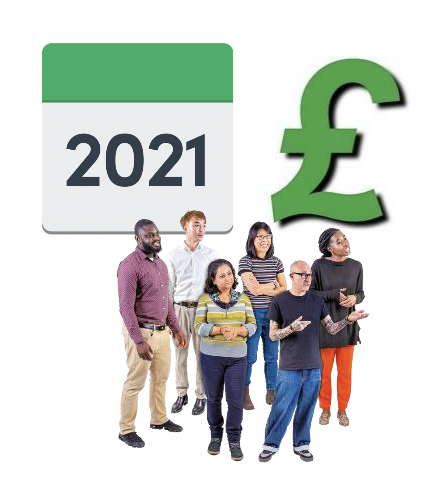
In October 2021 the Minister for Mental Wellbeing announced £15 million funding for a new Communities Mental Health and Wellbeing Fund for adults (the Fund).
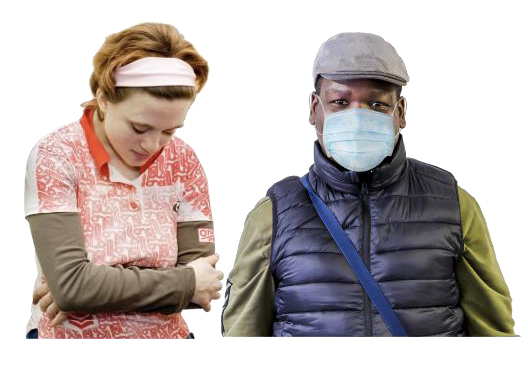
The aim of the Fund was to help tackle the impact of social isolation, loneliness and mental health inequalities made worse by the Covid pandemic.
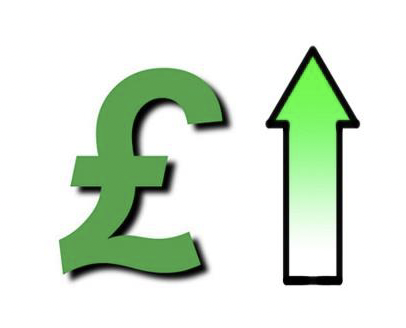
In February 2022, an extra £6 million was given to the Fund to meet demand for local mental health and wellbeing projects.
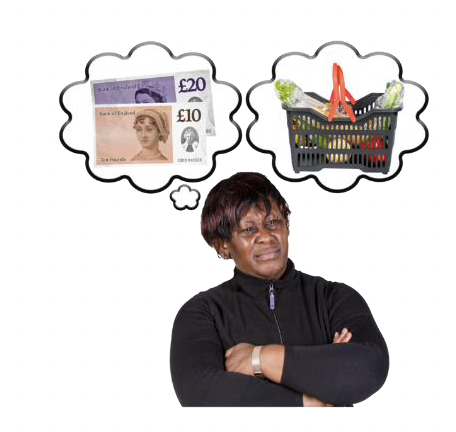
In May 2022, an extra £15 million of funding for 2022-2023 (Year 2) was announced. This was to help people affected by the cost-of-living crisis.
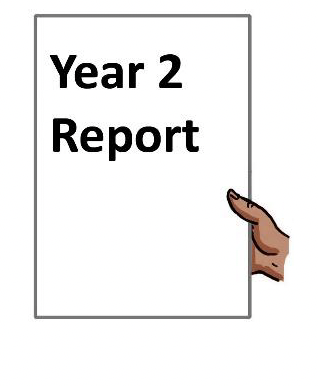
This report is about Year 2 of the funding.
Aims of the Fund
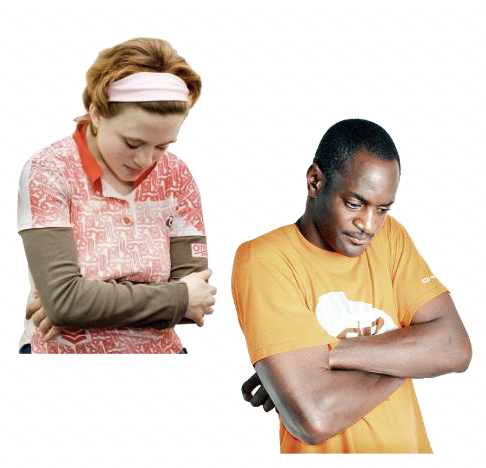
The Fund aims to help with important issues like suicide prevention, social isolation, and loneliness. It is meant to help mental health problems made worse by the pandemic.
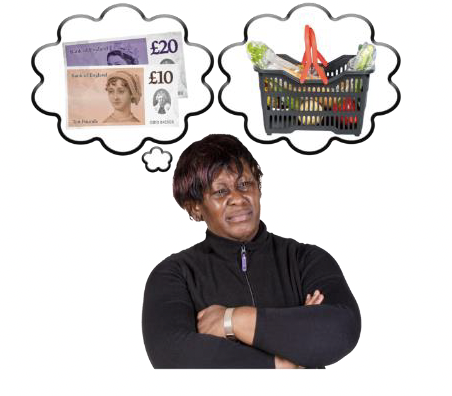
The Fund is also meant to help vulnerable people with the cost-of-living crisis.
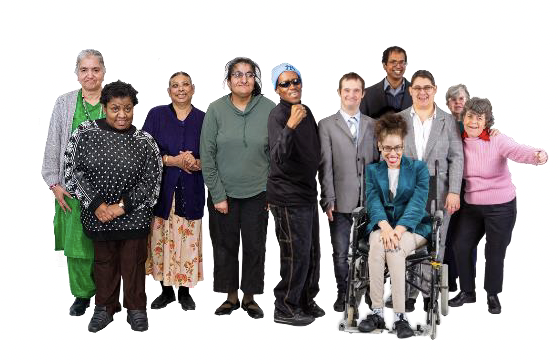
This includes women, people with disabilities, people from a minority ethnic background, and Lesbian, gay, bisexual, transgender and intersex (LGBTQI+) communities.
How the Fund is Delivered
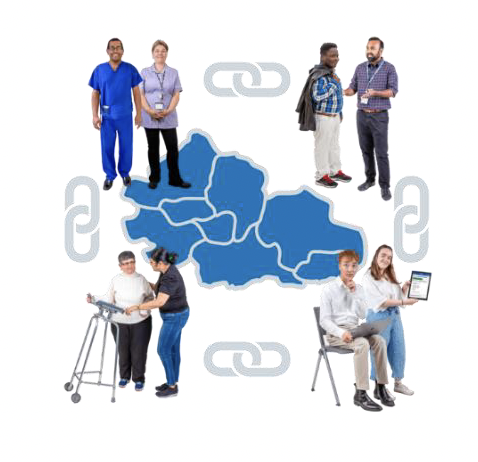
Local Partnership Group are in charge of how the money is spent in their local area and which organisations get funding.
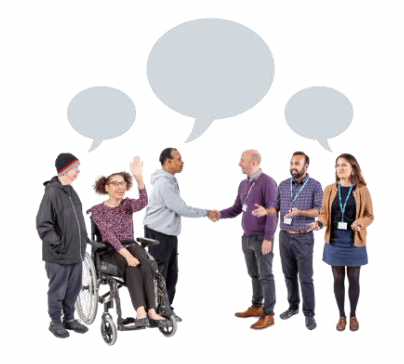
Local Partnership Groups are key people and organisations that work together in the local area.

They deliver the Fund to make sure that community-based organisations get the support they need.
How the Fund worked in Year 2
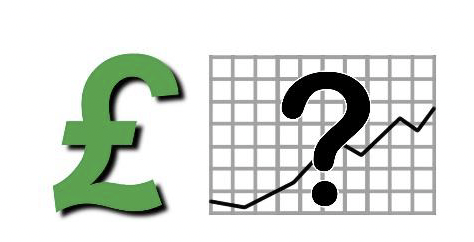
Number of awards: 1458 grants were given in Year 2.
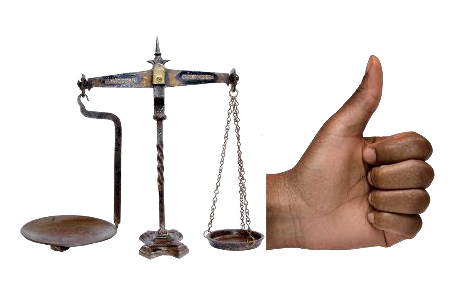
New and ongoing projects: There has been a good balance between Year 1 projects and new ones.

Small grants: Most of the grants given were small grants.
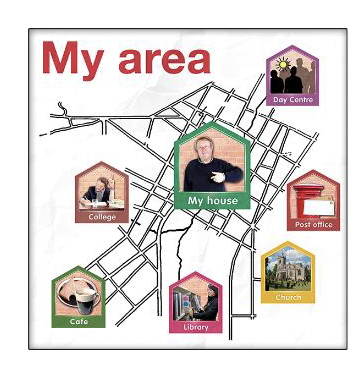
Local organisations: All funding was delivered locally to organisations that work at a local level.
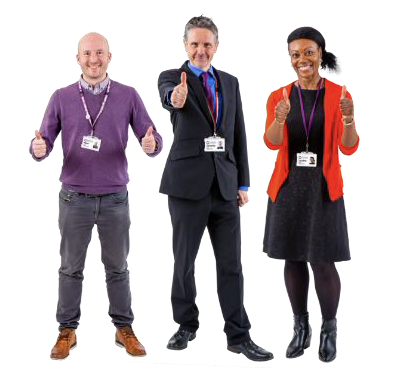
Smaller organisations: Most funding went small or medium sized organisations. This is very much in line with the aims of the Fund.
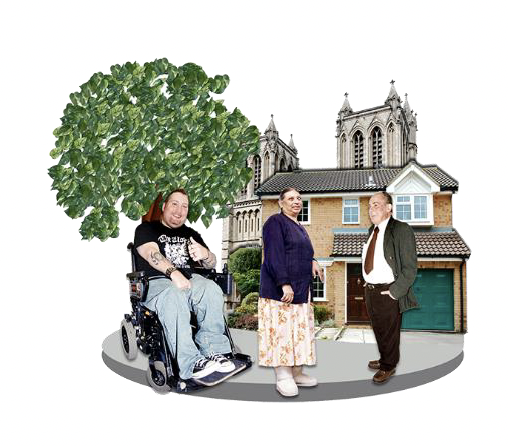
Diverse: A wide range of community mental health and wellbeing projects have been funded with more doing group activities and peer support.
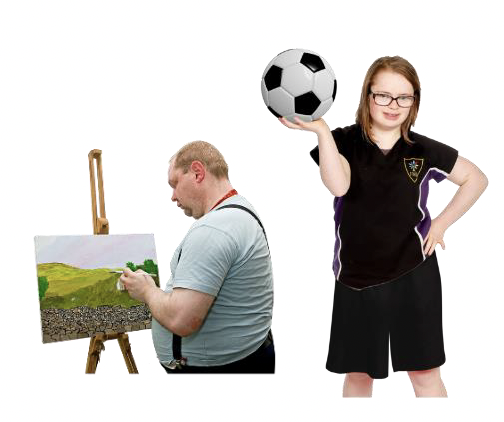
These and many other projects are about community connection and social interaction. Other projects focus on sport and exercise, nature, social spaces, art, befriending groups and many more.
Target groups and main issues
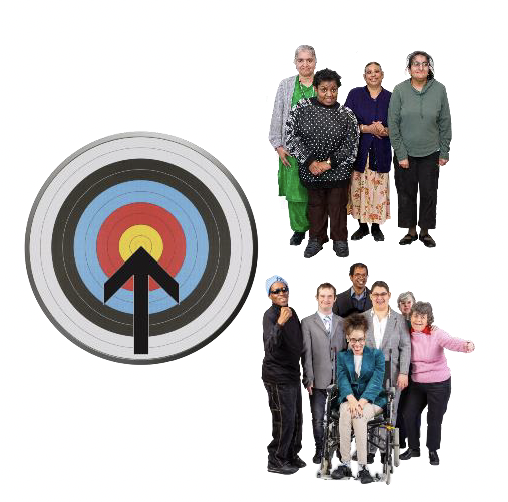
Target groups: Many projects were aimed to help everyone. However nearly a third were open to all but with a focus on certain target groups. Nearly a quarter were aimed at certain target groups.
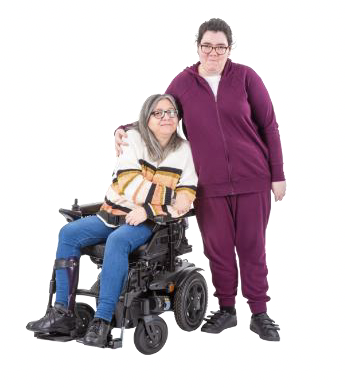
Spread: Awards were made to projects working with a range of the Fund's target groups as well as many others like carers.
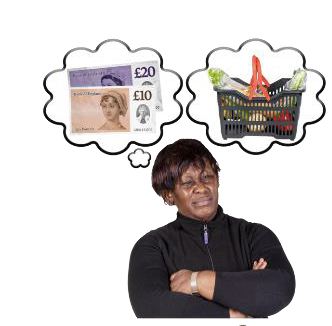
The most common target groups were:
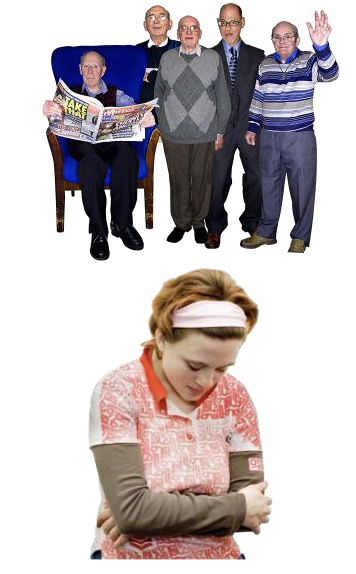
- People struggling with the cost of living
- People with a long-term health condition or disability
- Older people
- People with mental illness
- People living in remote and rural areas
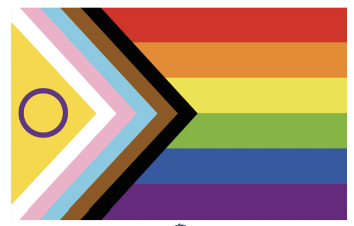
The least commontarget groups were:
- Lesbian, Gay, Bisexual and Transgender and Intersex (LGBTQI+) communities
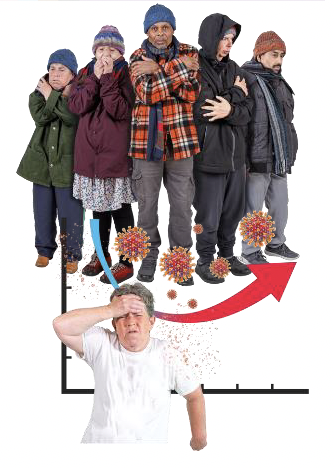
- Refugees and those with no access to benefits
- People at higher risk from COVID
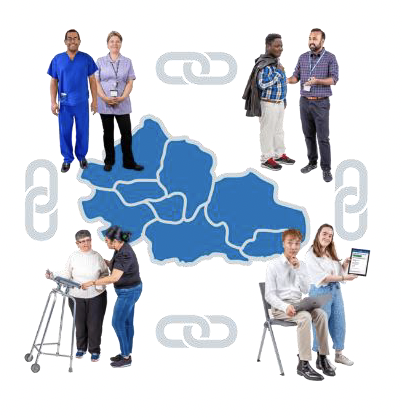
It is good to see the actions taken to help reach target groups. It will be important for the Fund to be even more accessible to these and other groups in Year 3.
Important messages

Most of the Fund's main aims of tackling social isolation and loneliness, poverty and inequality are well covered. Suicide prevention is the least well covered theme by organisations.
How the Fund was delivered
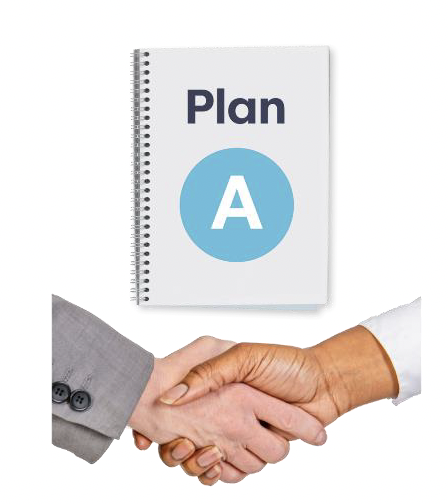
Local partnership plans: Most Local Partnership Plans carried on from Year 1. Local Partnership Groups built on existing partnerships.
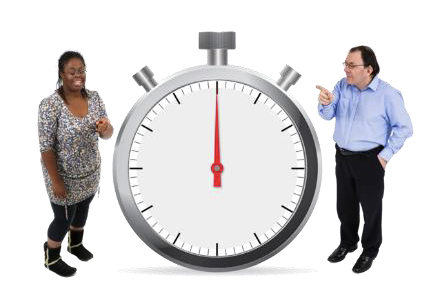
Fund management: Positive feedback was provided on how the Fund was managed. Lack of time and resources were the most common issues.
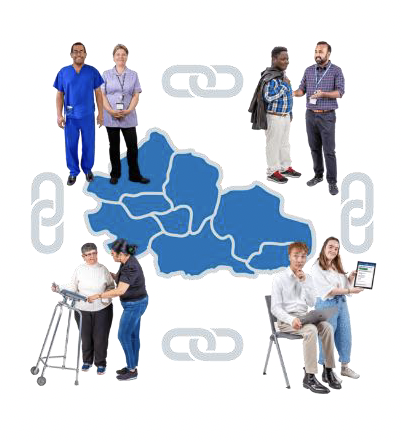
Partnership working: This got better in Year 2 of the Fund. More organisations were involved including local Health and Social Care Partnerships. Lack of time and resources were the most common issues.
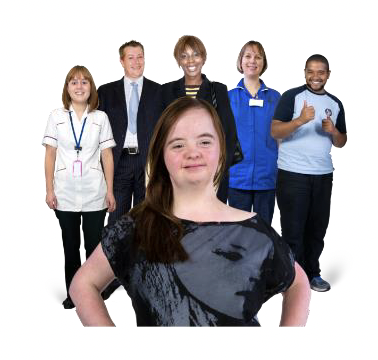
Lived experience: More people with lived experience have been involved in Year 2.
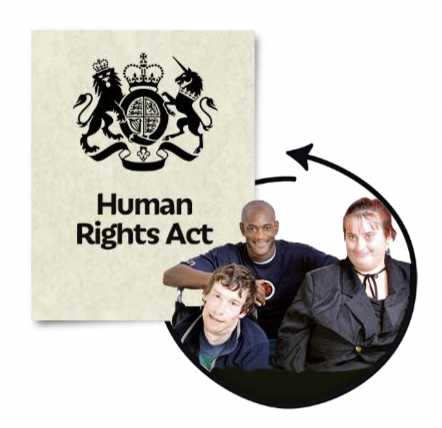
Equalities issues with funded projects: There is good feedback about how accessible and inclusive projects are. Some good examples of accessible projects and those considering human rights.
What we learned

Local Partnership Group feedback: We got positive comments from Local Partnership Groups about how the Fund worked in Year 2. We can take what we have learned and make things even better in Year 3.

Next Steps: For Year 3 of the Fund, it will be important to build better partnerships. There will be more support to organisations who apply to the Fund for the first time.
Contact
Email: sarah.thomson@gov.scot
There is a problem
Thanks for your feedback